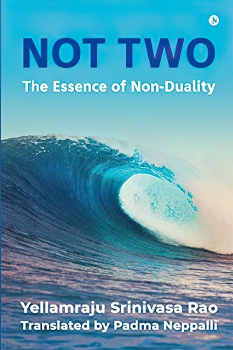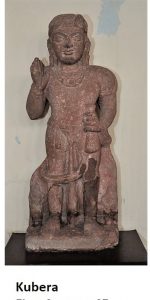Q: Knowledge, which is in or of the mind or intellect, must ultimately be given up. So really, is it knowledge or just ‘pointers’ to the truth of things? Like the pole vaulter letting go of the pole to get over the bar, the mind must be given up or let go of, which includes the knowledge. So really, knowledge isn’t the key or final secret. Simply abiding as Consciousness (what we really are), is the real point of all of this.
And, witnessing seems to be of two ‘kinds’:
. Subject-object witnessing the normal person does all day
. The non-experiencing witness, which is the pure Consciousness that sees all within itself. I.e. like the analogy of the movie screen and movie.
Really, it can be summed up by the fact that knowledge is not the key but only a pointer to ‘what really is’, which is the non-experiencing Witness.
Continue reading


 [The world and everything in it are imaginary (mithya) ‘names and forms’! Therefore, tradition depicts Ishwara as a pauper because he does not possess any worldly wealth. However, he transcends the worldly objects and is said to be an embodiment of the Self. In contrast, Kubera possessed a lot of worldly treasures, a collection of mere names and forms, but lacked the real wealth of Self-knowledge. So, he sought guidance from Ishwara.]
[The world and everything in it are imaginary (mithya) ‘names and forms’! Therefore, tradition depicts Ishwara as a pauper because he does not possess any worldly wealth. However, he transcends the worldly objects and is said to be an embodiment of the Self. In contrast, Kubera possessed a lot of worldly treasures, a collection of mere names and forms, but lacked the real wealth of Self-knowledge. So, he sought guidance from Ishwara.]